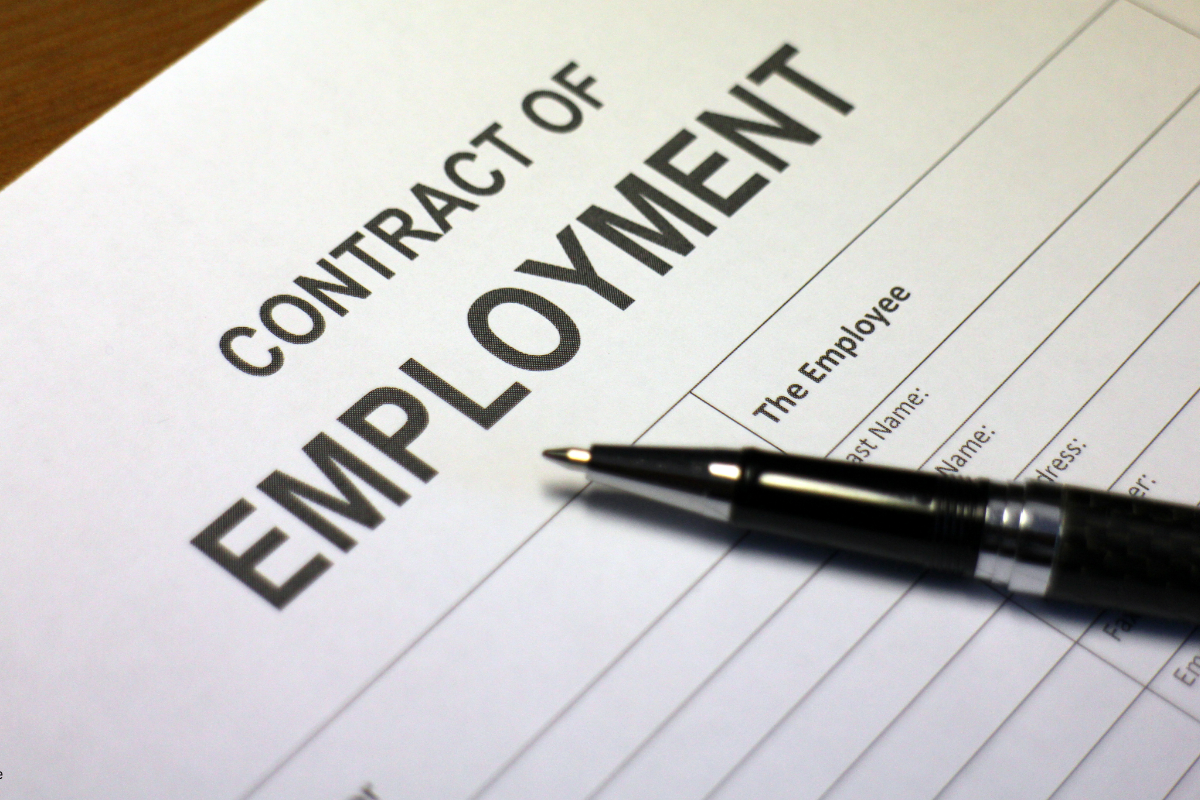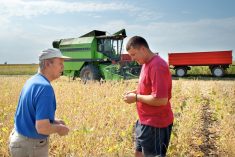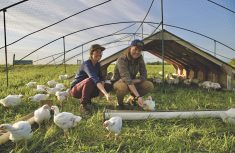We ve all sung it. The old folk song begins with Lisa complaining to her husband that there s a hole in her bucket. Successive repairs are tried, but as the song concludes, it all becomes clear. Dear Henry can t fix the hole in the bucket because, well, there s a hole in the bucket.
Is there any better metaphor for federal policy aimed at stabilizing the Canadian agricultural industry?
A case in point is Bill C-479. Introduced in November, this bill would set new eligibility rules for federal farm stabilization and support programs. The bill would disqualify the following kinds of businesses:
Read Also

Employment Agreements Can Help Protect Your Farm
Entering into employment agreements with each of your farm employees should be at the top of every farm’s “to do” list, but caution must be exercised.
(a) a corporation with publicly traded stock; (b)a company or subsidiary substantially owned or controlled (40 per cent or greater) by a publicly traded
corporation; (c) a company, corporation or partnership with more than 250 shareholders,
members, or partners; or (d)a company, corporation or partnership with aggregate debts greater than $10 million arising out of a farming operation.
If passed, C-479 should stop the direct flow of agricultural support and stabilization funds into the coffers of multinational corporations. Presumably this will result in a targeting of these funds for better efficiency.
But if stabilization is truly what we seek, should we be devoting legislative attention to a more efficient implementation of a counterproductive strategy?
How s your memory for recalling all the farm programs with stabilization in their names? In the past generation, we ve tried fixing the hole with the Agricultural Stabilization Act, the National Tripartite Stabilization Program, and the Western Grain Stabilization Act. We also tried Net Income Stabilization Account, the Canadian Agricultural Income Stabilization Program, and since 2007, AgriStability.
Yet all those successive programs have failed to stabilize things that matter. Consider the family farms that have pursued a strategy of modestly scaled, diversified operations.
A policy framework that balances supply with demand, builds customer loyalty through differentiated quality, and balances food production today with a healthy, natural and cultural environment for producing food tomorrow might have encouraged farmers to pursue exactly such a strategy.
Instead, stabilization policy has done the opposite, and many diligent farmers who have pursued that low-growth diversified strategy have found themselves demoted to the status of reluctant hobby farmers, eventually facing the terminal off-farm job: selling off the family farm.
If we truly want stability, we need to start with a critical examination of the get big or get out ideology that has coloured Canadian farm policy under both Liberal and Conservative governments for decades.
Without volume caps, farm programs have helped accelerate the concentration of production. They ve also fed into the related increase in farm debt, the intensification of environmental pressures, and the depopulation of farming communities.
These are not outcomes that an unbiased observer would associate with a successful stabilization program.
To be fair, mechanization and global subsidy wars would have promoted this concentration of production without help from policy. And certainly, stabilization funds have helped some producers thrive, for a time, by playing the get big or get out game.
But what is to stop today s winners from becoming tomorrow s victims in this game, since no particular scale of production appears reliably sustainable over time? We only need to look at the pork sector today for many painful examples.
What s to be done?
If our agricultural policy is going to stabilize the environment for individual farm operations, a first step might be to stop using public funds to accelerate the concentration of production. To break this pattern, we will need a national discussion to renegotiate the values we want to see embedded in our national agricultural policy.
Against the idea of limitless expansion, we need to advance the idea of sustainability. Against the focus on producing commodities at race-to-the-bottom costs, we need to advance the focus on producing differentiated products that allow value-added margins to flow back to primary producers.
We have some clues from within our own borders and beyond on how we might move towards a more sustainable agriculture industry that is globally competitive, but is not reliant on a juggernaut of endlessly expanding volume of production at progressively declining prices.
Federal leadership could be a success factor in this effort, providing it is leadership with the modesty to acknowledge past errors and the vision to advance good policy over good politics where the two are at odds. Bill C-479 is politically safe since almost no farmer is as big as the entities excluded by the policy. But, as a strategy for building a sustainable place for Canadian farmers in a global marketplace it s a drop in a bucket. And the bucket has a hole in it. CG
This is the third in a set of four columns by contributing writers Kimberley Love and Glen Drummond that examine Canadian agriculture in current trends.
Photo credit: Melanie moore














